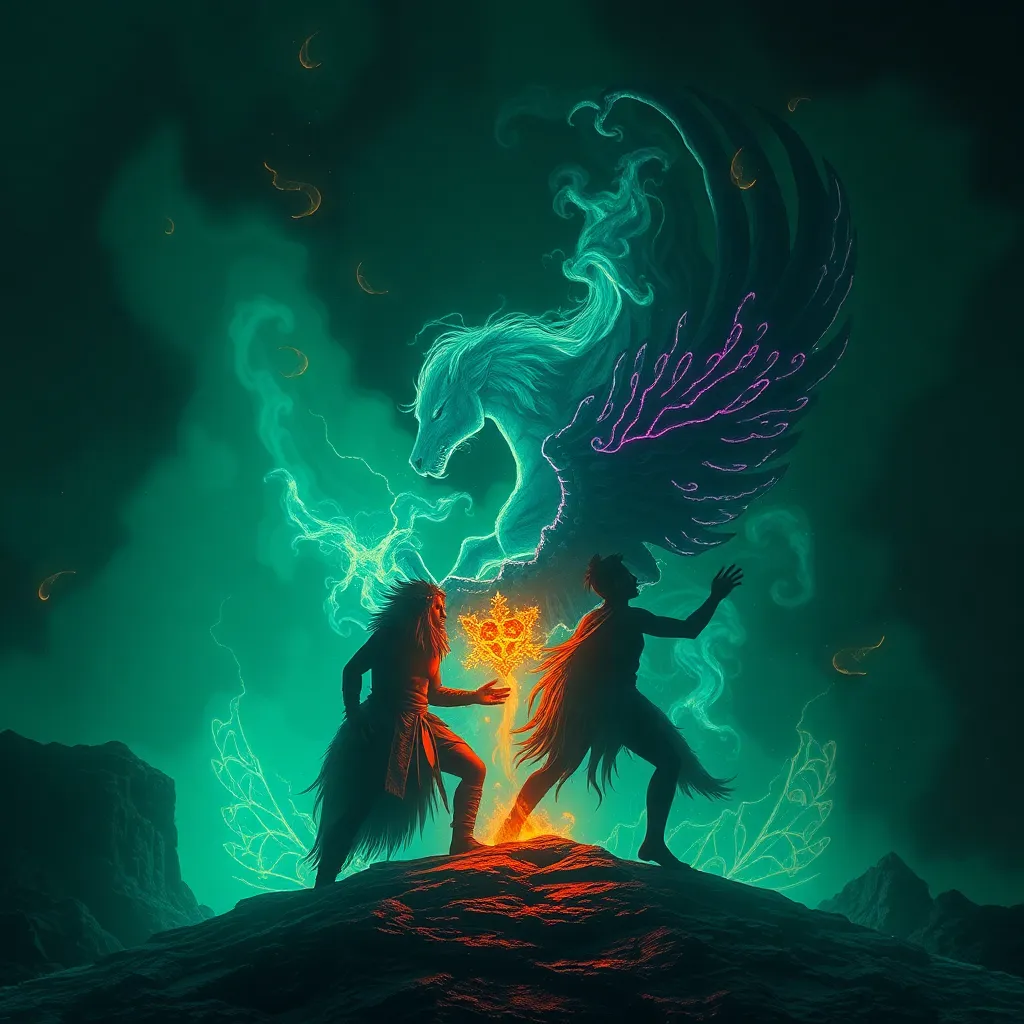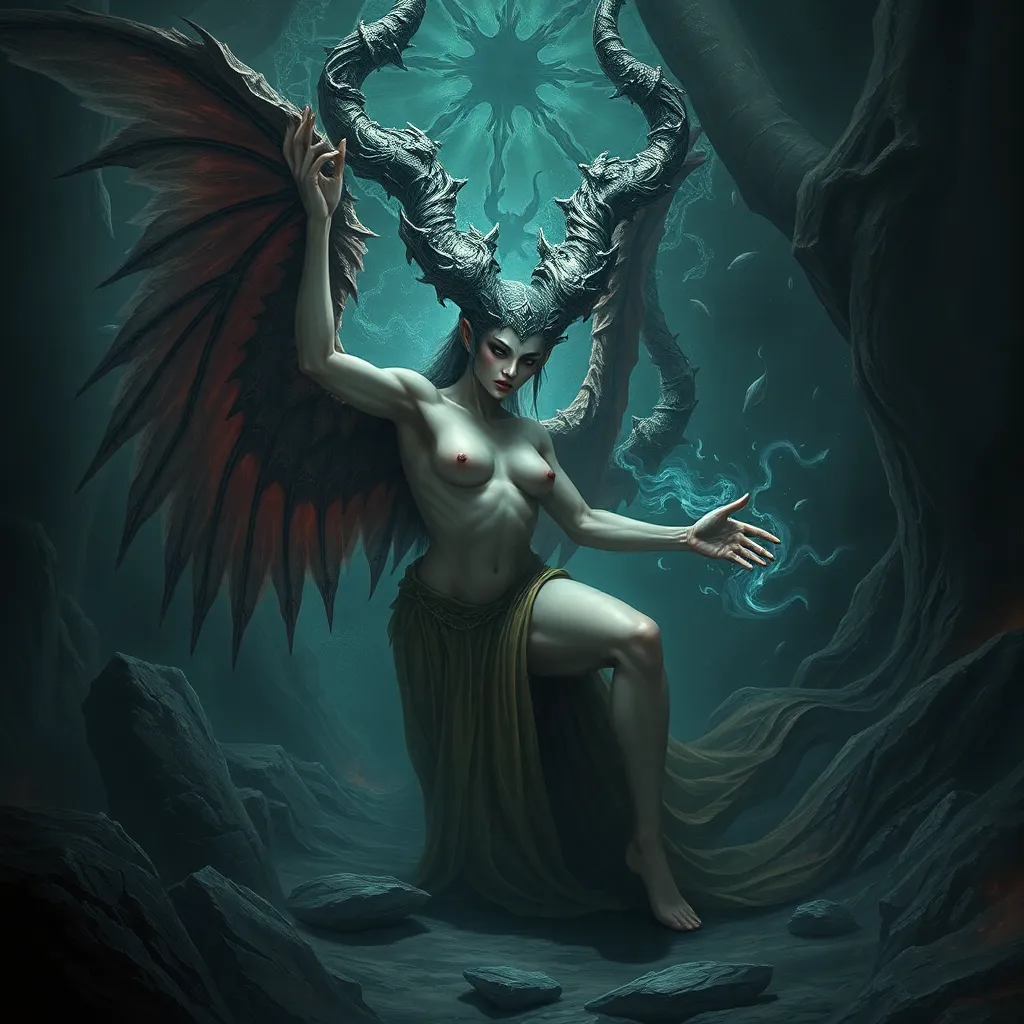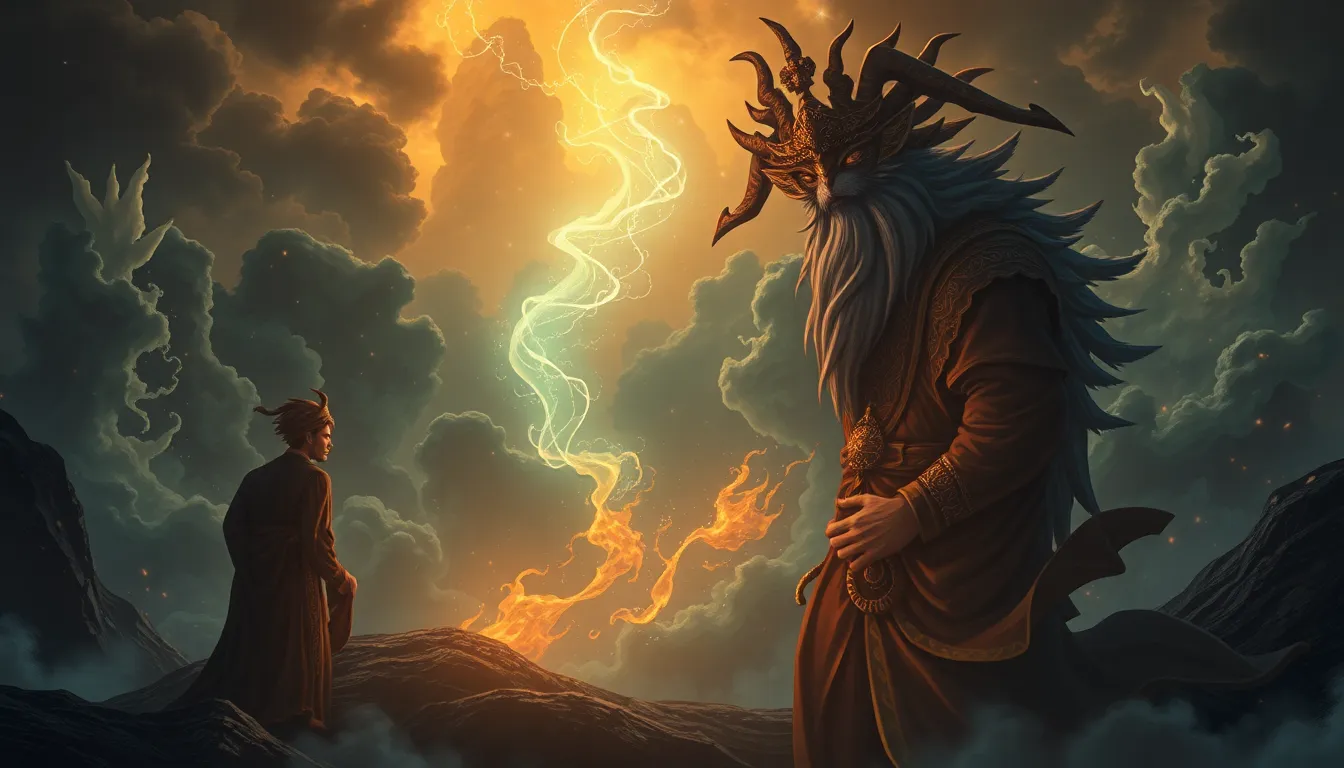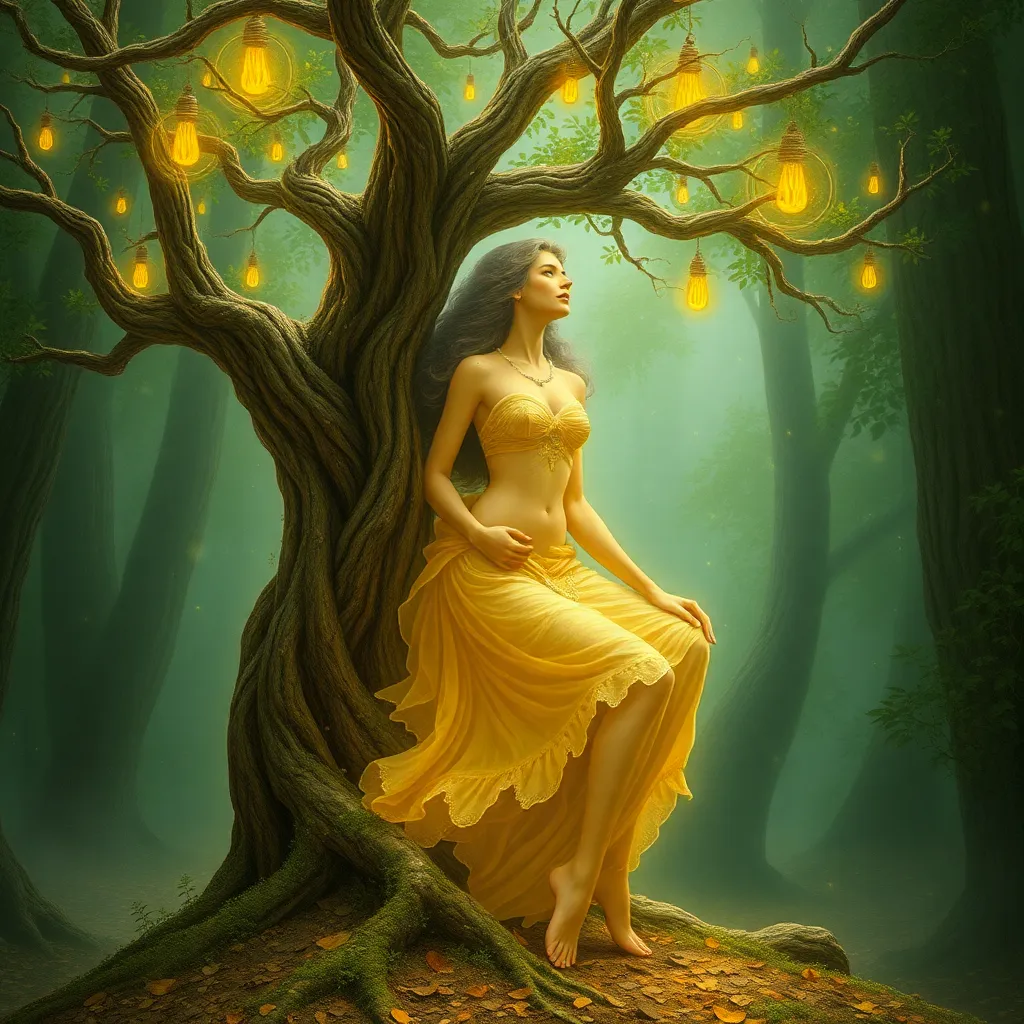The Power and the Peril: Unveiling the True Nature of Native Shapeshifters
I. Introduction
In indigenous cultures, shapeshifters are often defined as beings that can transform their physical form, embodying both human and animal characteristics. These figures play a significant role in mythology and folklore, serving as symbols of transformation, adaptability, and the intricate relationship between humanity and nature. The purpose of this article is to explore the multifaceted nature of shapeshifters within Native American cultures, examining their historical context, symbolism, and contemporary relevance.
II. Historical Context of Shapeshifting
The origins of shapeshifter myths in Native American cultures can be traced back centuries, with many tribes possessing their own unique stories and interpretations. These narratives often reflect the values, beliefs, and experiences of the people, emphasizing the interconnectedness of life.
- Origins in Native American Cultures: Many tribes, including the Navajo, Lakota, and Ojibwe, have rich traditions involving shapeshifters, often depicting them as powerful beings capable of transformation.
- Comparisons with Other Cultures: Similar shapeshifting legends exist globally, such as the werewolves in European folklore and the Kitsune in Japanese mythology, highlighting a universal fascination with transformation.
Oral traditions have played a crucial role in preserving these tales, allowing them to evolve while maintaining their core meanings. Through storytelling, lessons on morality, identity, and the natural world are imparted to new generations.
III. The Symbolism of Shapeshifters
Shapeshifters embody profound symbolism, often representing transformation and identity. They illustrate the duality of human and animal traits, emphasizing the fluidity of existence and the interconnectedness of all living beings.
- Representations of Transformation: Shapeshifters symbolize the potential for change and growth, reminding individuals that they can adapt to their circumstances.
- Duality of Traits: The blending of human and animal characteristics highlights the complexities of identity, suggesting that humans are not separate from the natural world but rather a part of it.
- Cultural Resilience: Shapeshifters serve as metaphors for cultural resilience, representing the ability to navigate challenges and emerge stronger, much like the transformative processes in nature.
IV. Prominent Native Shapeshifter Figures
Several prominent shapeshifter figures stand out in Native American mythology:
- Coyote: Often regarded as a trickster and teacher, Coyote embodies the duality of wisdom and folly, using cunning and wit to navigate challenges.
- Skinwalkers: In contrast to Coyote, Skinwalkers represent the darker side of shapeshifting, often associated with malevolent practices and deep cultural fears.
- Other Notable Figures: Various tribes feature distinct shapeshifters, such as the Raven in coastal tribes and the Thunderbird, each with unique attributes and lessons.
V. The Power of Shapeshifting Abilities
Shapeshifting abilities are often imbued with spiritual and healing aspects, demonstrating the connection between the physical and spiritual realms.
- Spiritual and Healing Aspects: Many traditions view shapeshifting as a means of accessing spiritual knowledge and healing, allowing individuals to connect with the spirit world.
- Role in Community: Shapeshifters are often seen as protectors of nature and community, using their abilities to maintain balance and harmony.
- Control Over Environment: The power dynamics of shapeshifting also reflect the ability to control one’s environment, adapting as necessary to ensure survival.
VI. The Peril of Shapeshifting
Despite their significance, shapeshifters are often misunderstood in popular culture. Stereotypes and misrepresentations can lead to damaging misconceptions about indigenous beliefs.
- Misunderstandings in Popular Culture: Movies and books frequently distort the true nature of shapeshifting, reducing complex cultural figures to mere entertainment tropes.
- Ethical Implications: The portrayal of shapeshifters raises ethical concerns regarding the appropriation of indigenous cultures and the misrepresentation of their beliefs.
- Dangers of Appropriation: Distortion of these narratives can lead to a loss of cultural significance, undermining the deep-rooted traditions and values of indigenous peoples.
VII. Contemporary Relevance
In modern media and literature, shapeshifters continue to captivate audiences, reflecting a resurgence of interest in indigenous mythology.
- Shapeshifters in Modern Media: Films, books, and TV shows frequently incorporate shapeshifting elements, often without a proper understanding of their cultural significance.
- Interest in Indigenous Mythology: There is a growing movement to explore and respect indigenous narratives, acknowledging their importance in understanding identity and culture.
- Conversations Around Identity: Current discussions about identity often resonate with the themes of shapeshifting, emphasizing the fluidity and complexity of self-perception.
VIII. Conclusion
Shapeshifters represent a complex interplay of power and peril, embodying transformation, resilience, and the profound connections between humanity and nature. Recognizing the significance of these figures requires a deep respect for indigenous narratives and an understanding of their cultural contexts. As we navigate contemporary conversations about identity and representation, it is crucial to appreciate the rich traditions of native cultures and to advocate for a more nuanced and respectful portrayal of their beliefs.



